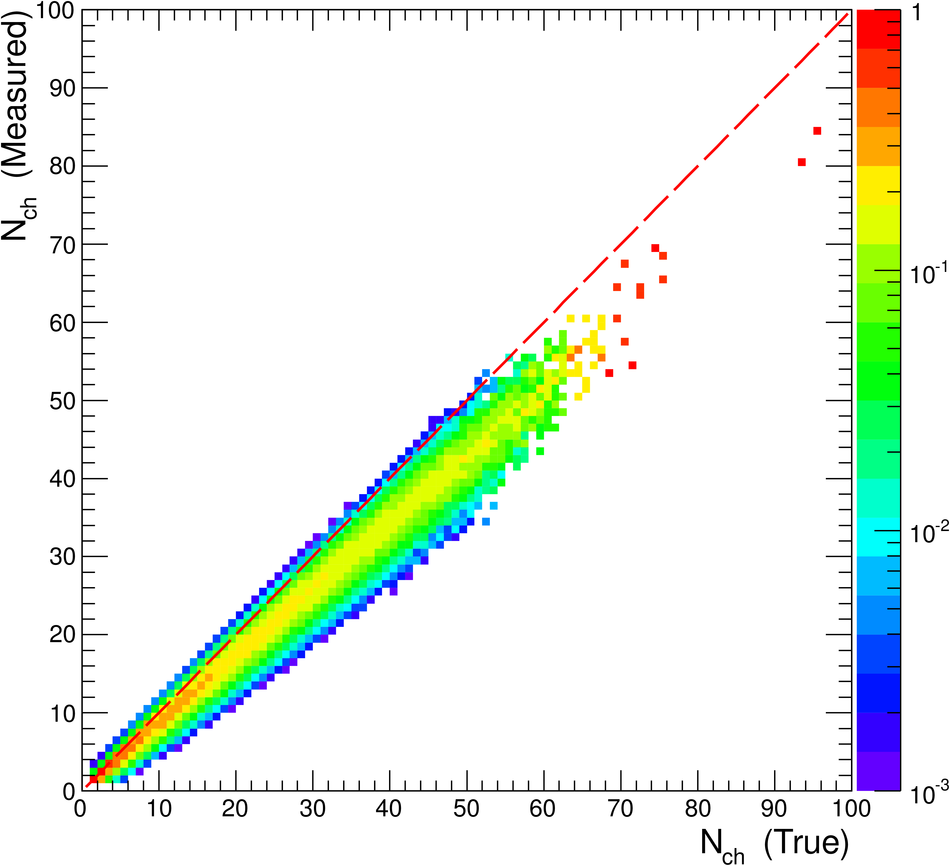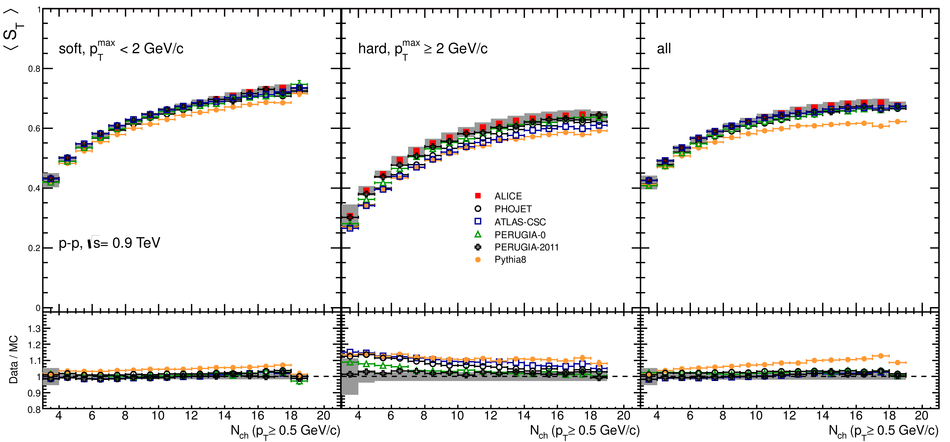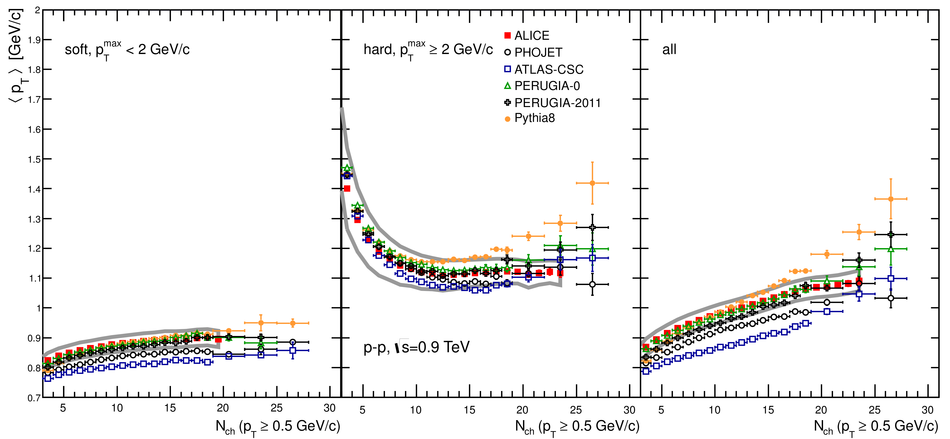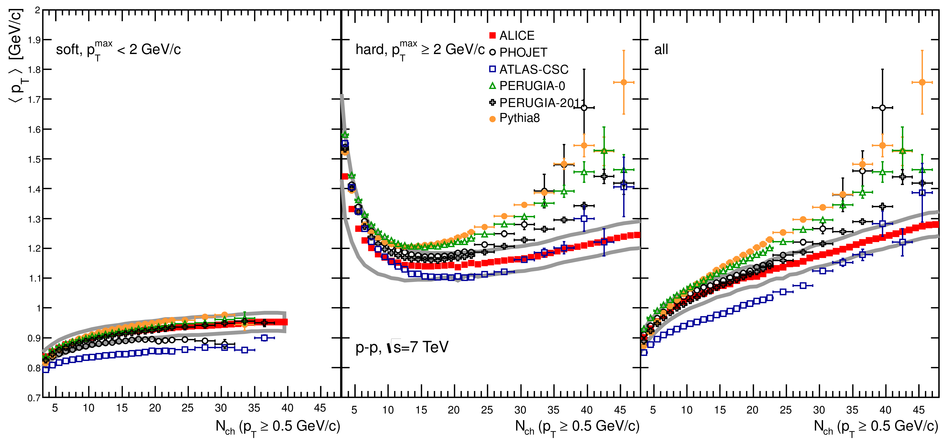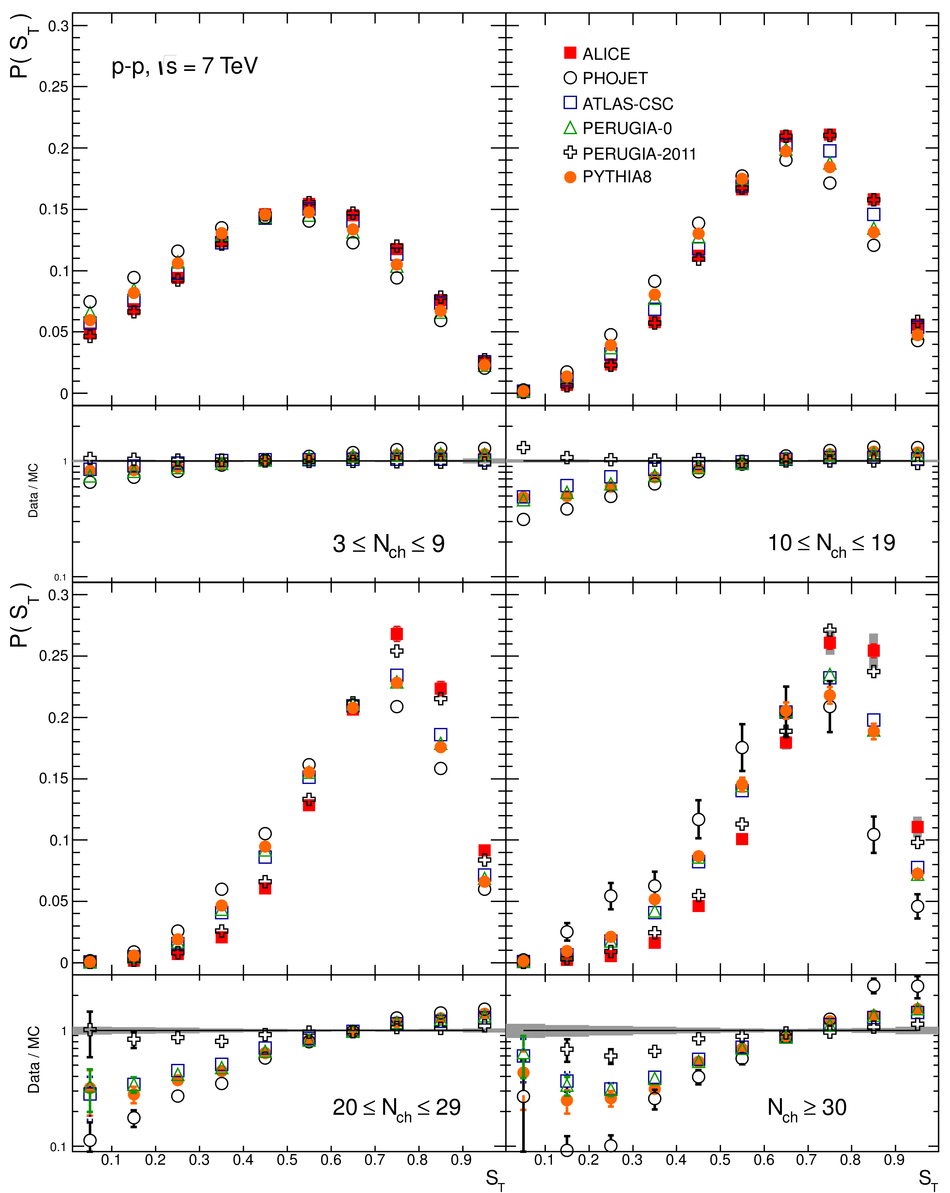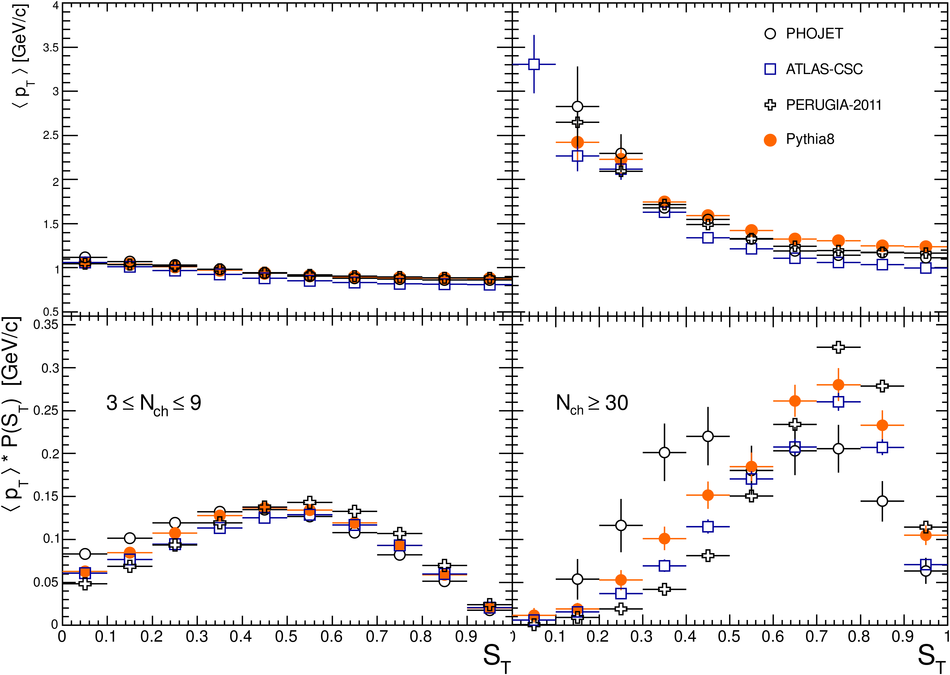Measurements of the sphericity of primary charged particles in minimum bias proton--proton collisions at sqrt(s)=0.9, 2.76 and 7 TeV with the ALICE detector at the LHC are presented. The observable is linearized to be collinear safe and is measured in the plane perpendicular to the beam direction using primary charged tracks with $p_{\rm T}\geq0.5$ GeV/c in $|\eta|\leq0.8$. The mean sphericity as a function of the charged particle multiplicity at mid-rapidity ($N_{\rm ch}$) is reported for events with different $p_{\rm T}$ scales ("soft" and "hard") defined by the transverse momentum of the leading particle. In addition, the mean charged particle transverse momentum versus multiplicity is presented for the different event classes, and the sphericity distributions in bins of multiplicity are presented. The data are compared with calculations of standard Monte Carlo event generators. The transverse sphericity is found to grow with multiplicity at all collision energies, with a steeper rise at low $N_{\rm ch}$, whereas the event generators show the opposite tendency. The combined study of the sphericity and the mean $p_{\rm T}$ with multiplicity indicates that most of the tested event generators produce events with higher multiplicity by generating more back-to-back jets resulting in decreased sphericity (and isotropy). The PYTHIA6 generator with tune PERUGIA-2011 exhibits a noticeable improvement in describing the data, compared to the other tested generators.
Eur. Phys. J. C 72 (2012) 2124
HEP Data
e-Print: arXiv:1205.3963 | PDF | inSPIRE
CERN-PH-EP-2012-136



